【Beijing Travel Idea】Explore Beijing's Attractions on Central Axis


Beijing Central Axis


1
Bell and Drum Towers

2
Wanning Bridge

[Photo via VCG]
3
Jingshan Hill

4
Forbidden City

[Photo via VCG]
5
Imperial Ancestral Temple

[Photo via VCG]
Taimiao (Impreial Ancestral Temple) and Shejitan are located symmetrically along Beijing's Central Axis. Taimiao is now known as "Beijing Working People's Cultural Palace". Shejitan, situated opposite Taimiao, is located within Zhongshan Park.
6
Altar of Land and Grain

Shejitan, also known as the Altar of Land and Grain in Zhongshan Park, is an important Chinese cultural site where emperors held ceremonies to honor gods for abundant harvests. Featuring stunning architecture and rituals, it reflects China's historical reverence for agriculture and people's wishes for prosperity. The 23.8-hectare park contains attractions like an ancient cypress tree, Zhongshan Hall, famous pavilions, Huifang Garden & Tanghua Dock.
7
Duanmen (Gate of Uprightness)

[Photo via VCG]
8
Tian'anmen Gate

[Photo via VCG]
9
Outer Jinshui Bridges

Outer Jinshui Bridges are vital for their architectural and historical value. They exhibit distinctive designs, such as arches, pillars, and decorations that enhance their beauty. As key transportation hubs for people and goods in various areas, these bridges also improve the visual appeal of urban or rural settings. Historically significant in witnessing major events or promoting regional growth, Outer Jinshui Bridges embody cultural heritage as well as serve practical purposes. They narrate past stories and contribute uniquely to local identities by functioning as landmarks of both utility and history.
10
Tian'anmen Square Complex

[Photo via VCG]
Tian'anmen Square and its architectural complex are situated at the core of the Central Axis. The prominent structures include two memorial buildings, namely the Monument to the People's Heroes and the Chairman Mao Zedong Memorial Hall, and two public buildings, which are the National Museum of China and the Great Hall of the People.
11
Zhengyangmen Gate

Zhengyangmen Gate, known as the "Head of the Nine Gates", is the most prominent and magnificently constructed gate among the nine main gates of Beijing's inner city during the Ming and Qing dynasties. Comprising an archery Tower and a watchtower, it is an iconic structure of Beijing's old city walls. Today, Zhengyangmen Gate is open to the public as a museum.
12
Temple of Heaven

The Temple of Heaven is the largest and best-preserved ancient worship complex in China, where the emperors of the Ming and Qing dynasties performed rites to worship the Heaven. As a masterpiece among China's ancient imperial worship buildings, it embodies the worship rites and cultural traditions of the two dynasties.
13
Altar of the God of Agriculture

the Altar of God of Agriculture is one of the famous historical and cultural heritages. It showcases the traditional Chinese reverence for agriculture and is a symbol of people's hopes for a stable and abundant life. It has also witnessed the development and changes of the city over the years and is an important part of the city's historical and cultural memory.
14
Southern Section Road

Beijing's Southern Section Road (also known as Nansishitiao) boasts a rich tapestry of archaeological sites that shed light on the city's vibrant historical past. Embedded within this urban landscape are remnants dating back to various dynasties, showcasing the evolution of Beijing through architectural styles, cultural artifacts, and ancient city planning strategies. Excavations in recent years have revealed subtle details about daily life during those times—terrains charmingly filled with mundane and rare objects like pottery shards, old coins, and even personal ornaments that once belonged to commoners or merchants.
15
Yongding Gate

[Photo via VCG]
Located at the southern end of the Central Axis, Yongdingmen Gate is a significant scenic spot along the southern section of the axis. From the gate's watchtower, you can look northward and see the 7.8-kilometer Central Axis extending along the imperial route, with Zhengyangmen Gate's watchtower visible in the distance.
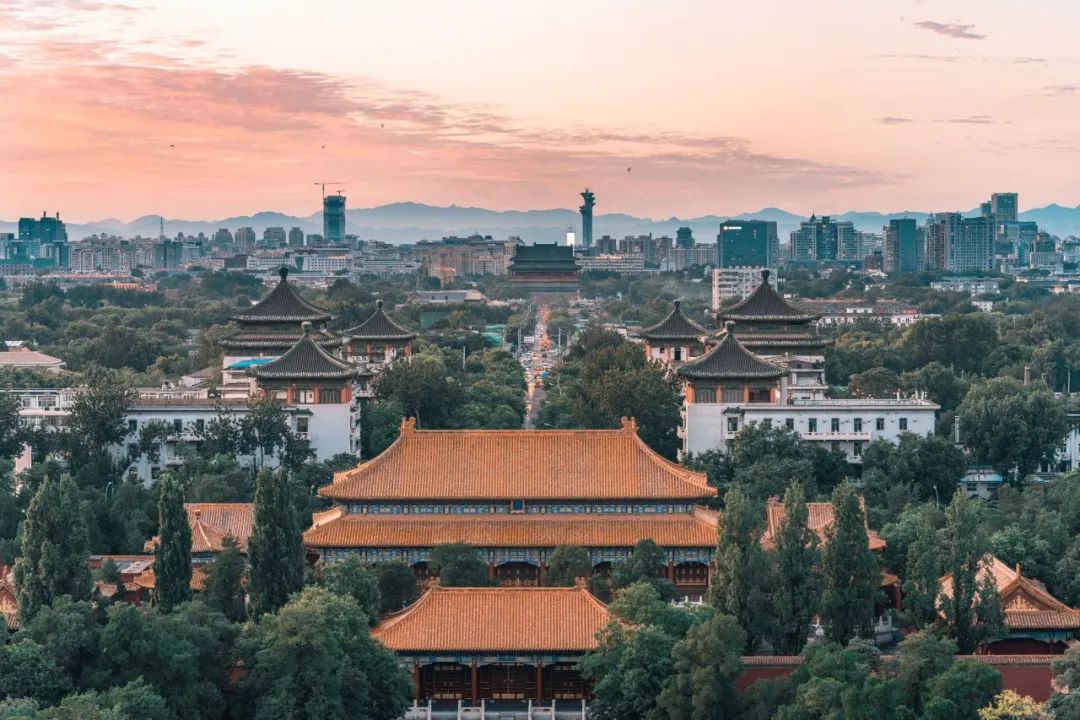

you might also like

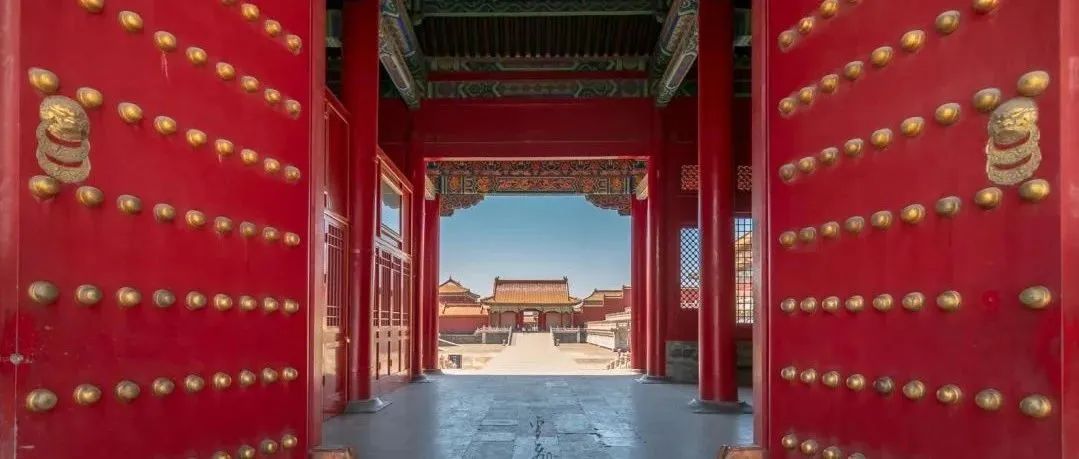
【China Tour】3-Day Beijing Classic Highlight Tour (without hotel)
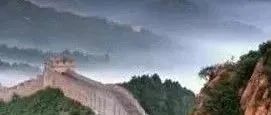
【2024-2025】3 Day Beijing Essential Highlights Tour wt Great Wall
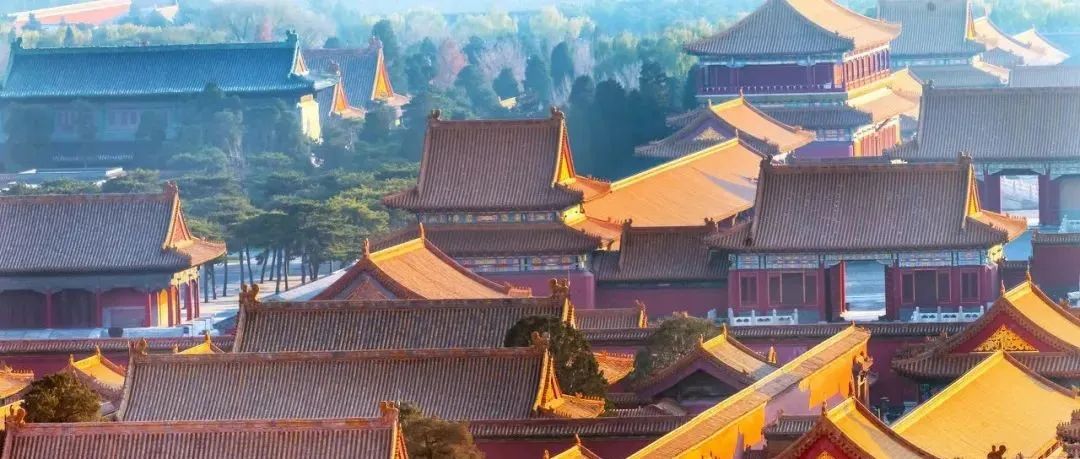
【Travel Ideas】Planning a Trip to Beijing or Hosting Visitors?
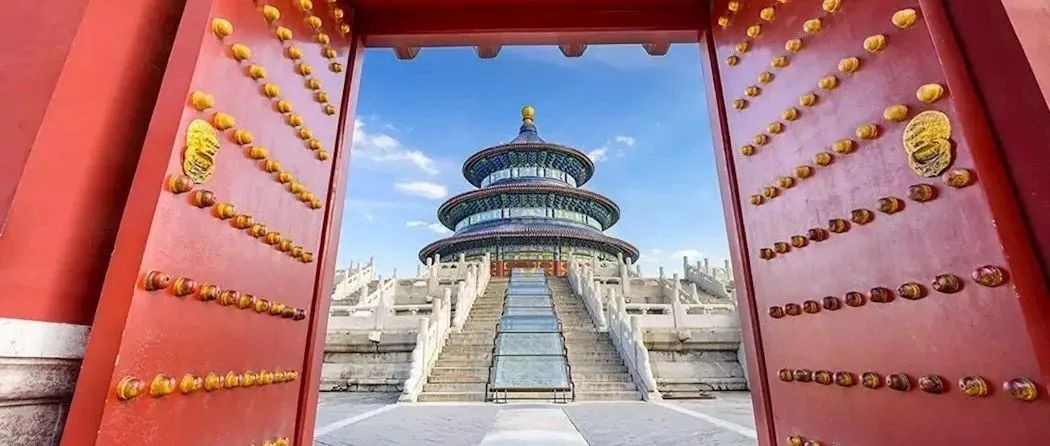
【China Travel Updates】144-Hour Visa-Free Transit in China FAQ
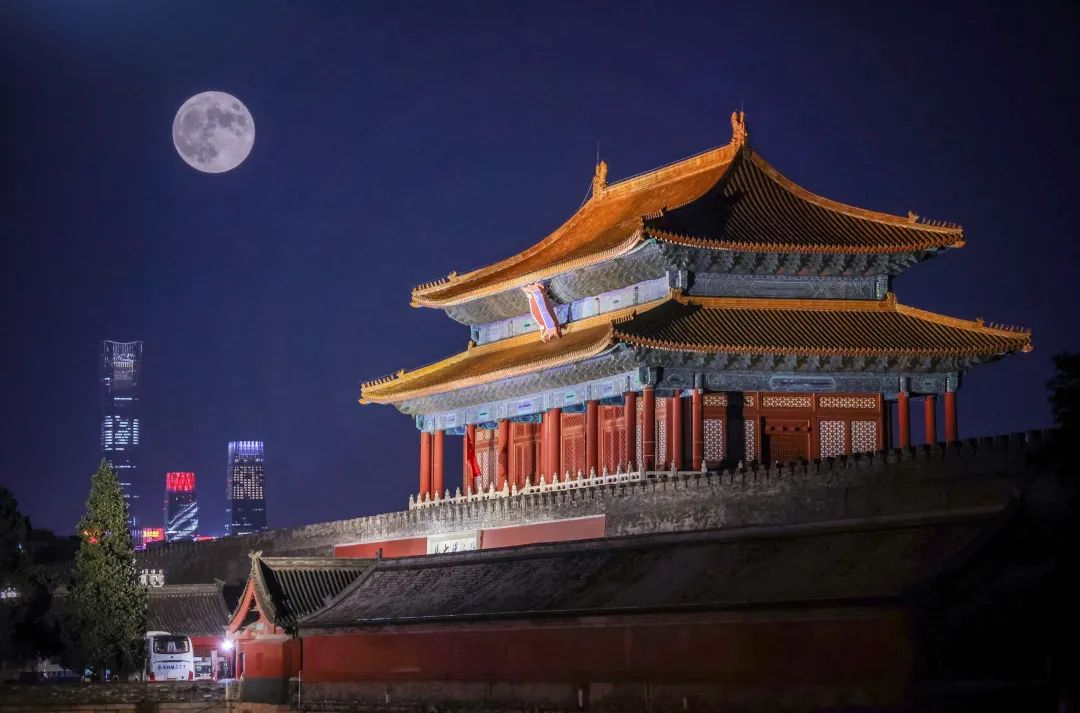

Long press customer service QR code below
to talk to our customer service

Wechat ID: elitetravel2go
Wechat/What's App/Phone: 187 2104 4898
E-mail: travel@elitetravel4u.com
▽
Follow us here at Wechat Official Account
for more updates trips










